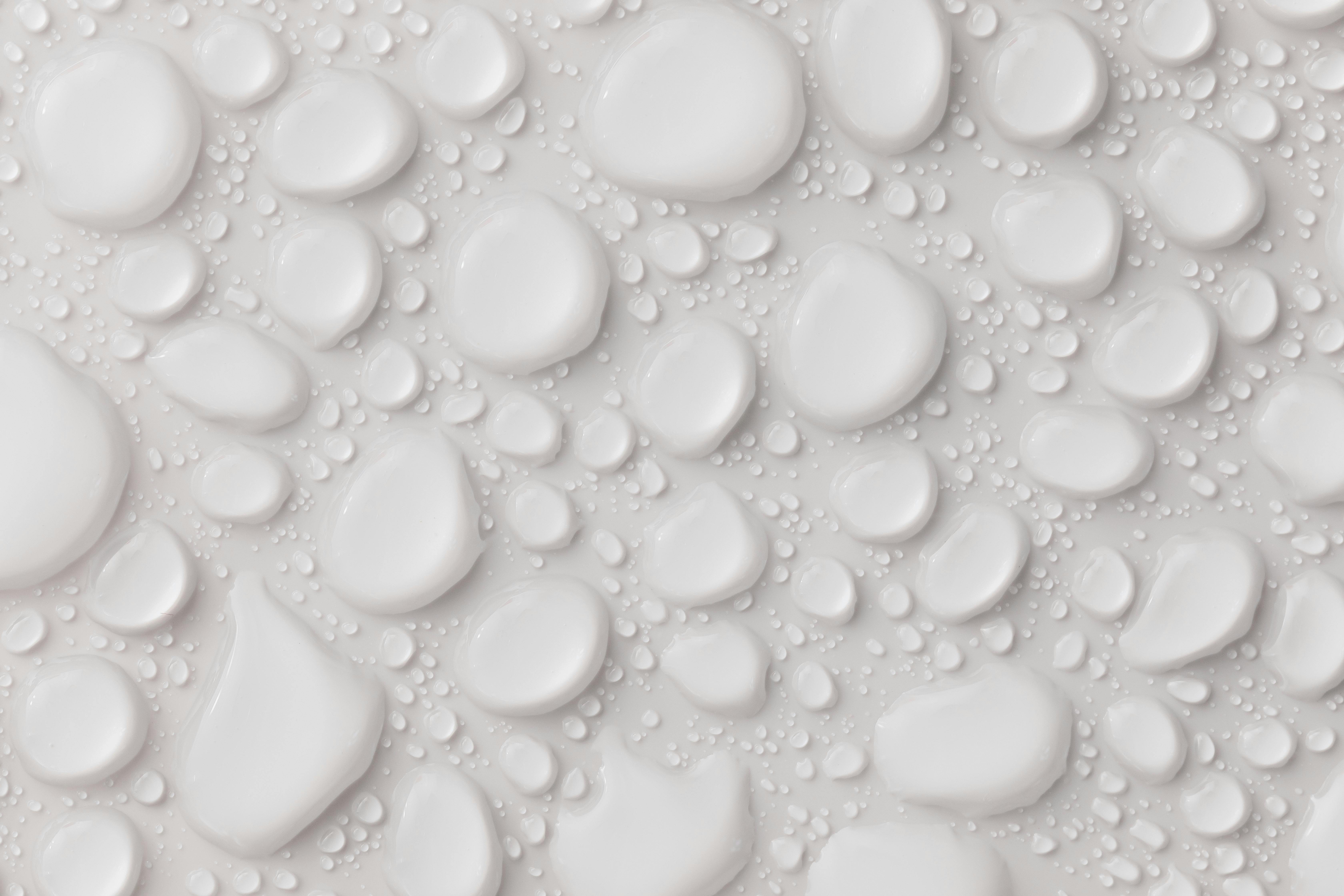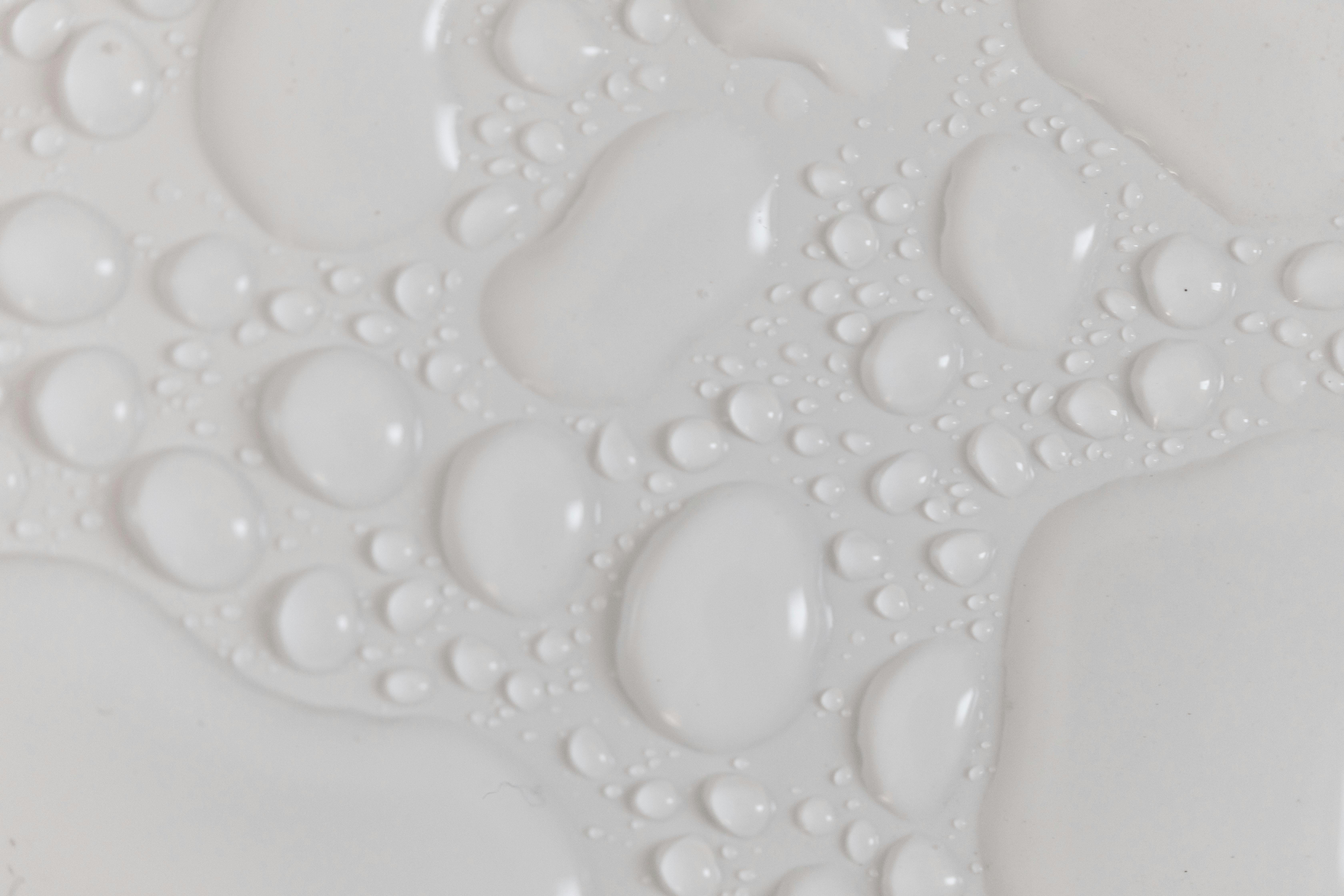Water is essential for life and there are many different types of water available for consumption. Two of the most popular types are purified and distilled water. While these two types of water may look the same, there are some distinct differences between them. Purified water has been filtered to remove impurities, while distilled water has been subjected to a process called distillation which removes all impurities including minerals. In this article we will explore the differences between purified and distilled water and why you might choose one over the other.Purified water is water that has been treated to remove impurities such as bacteria, parasites, silt, chemicals, and other contaminants. Purified water is generally produced using one of two methods: either through distillation or reverse osmosis.
What is Distilled Water?
Distilled water is water that has been purified through a process of distillation. This process works by boiling the water, causing it to evaporate and then condensing the vapor back into a liquid. The vapor that is condensed is free of contaminants and impurities, which makes it much purer than regular tap water. Distilled water is commonly used in medical settings, as well as for drinking and cooking purposes in many households. It can also be used to fill car batteries and other types of machinery that require clean water.
The distillation process removes virtually all organic matter, salts, bacteria, and minerals from the water. This makes it taste much different than regular tap water and often have a flat or slightly sweet taste. This also means that it doesn’t contain any fluoride or other minerals which are beneficial for health. Although distilled water can be consumed safely, it’s not recommended on a regular basis due to its lack of essential nutrients.
Distilled water can be purchased in many stores or online but can also be made at home using simple equipment such as a pot, stovetop, condenser, and collection container
Differences in Source of Water
Water is essential to life, and it comes from a variety of sources. There are two major sources of water: surface water and ground water. Surface water is found in lakes, rivers, streams, and reservoirs. This type of water is replenished through precipitation or snowmelt, and it can be used for drinking, irrigation, and other purposes. Groundwater is found beneath the Earth’s surface. It is replenished by rainfall that infiltrates the soil and gets stored in underground aquifers. Groundwater is also used for drinking, irrigation, and manufacturing purposes.
Surface water and groundwater are different in several ways. Surface water can be used directly as it is found in lakes or rivers; however, groundwater must be pumped from wells or springs before it can be accessed for use. In addition, surface water often contains pollutants due to runoff from agricultural fields or industrial sources that can impact the safety of the drinking supply; whereas groundwater tends to have fewer contaminants as it has been filtered by layers of soil before reaching the aquifer.
Another difference between surface water and groundwater is their availability. Surface water supply depends on
Treatment Process Differences
When it comes to treating a particular condition, there are often differences in the treatment process between different healthcare providers. For example, a doctor may recommend one type of treatment while a physical therapist may recommend an entirely different approach. This is because each provider has their own philosophy and approach to treatment, which can be based on years of experience or research.
In addition, different providers may use different methods or techniques during treatment. For example, a chiropractor may focus on spinal adjustments while a physiotherapist may focus on stretching and strengthening exercises. Each provider also has access to different tools and technology that can aid in the recovery process such as ultrasound machines or electric stimulation devices.
It is important to understand the differences in treatment processes between different providers in order to make an informed decision about which type of care is best for you. It is also important to communicate openly with your healthcare provider so they can understand your individual needs and goals for recovery so they can develop the best possible plan for you.
Differences in Nutritional Content
The nutritional content of raw and cooked foods can vary greatly. Raw foods, such as fruits and vegetables, are generally higher in vitamins and minerals than their cooked counterparts. Cooked vegetables, for example, tend to lose more water-soluble vitamins like vitamin C compared to their raw counterparts. On the other hand, cooked foods often have higher levels of antioxidants and other phytochemicals that may provide health benefits. For example, lycopene is a phytochemical found in tomatoes that has been linked to a number of health benefits such as reducing the risk of certain cancers. Cooking tomatoes increases the amount of lycopene available for absorption by the body.
In addition to differences in nutrient content, there can also be differences in the amounts of fat and calories between raw and cooked food. When food is cooked, some of its natural fats may be lost or its fat content increased due to added oils or butter. This can lead to an increase in calories from fat. For example, frying chicken increases the calories from fat by more than two times when compared to roasting or baking it. Similarly, boiling potatoes results

Differences in Tastes and Smells
Taste and smell are two senses that are closely related but can vary greatly from person to person. While some people may find a certain food or smell to be pleasant, others may find it to be unpleasant. This is due to the difference in taste buds and olfactory receptors that each individual has. For example, one person may find the taste of garlic to be very pungent while another person may not even notice it. Similarly, some people may be more sensitive to certain smells than others.
The sense of taste is mostly determined by the type of taste buds a person has. These taste buds are located on the surface of the tongue and can detect five different types of tastes – sweet, sour, salty, bitter, and umami (savory). Different people have different levels of sensitivity for each type of taste, which is why some people might find a certain food too sweet or salty while others might not notice it at all.
Smell is detected by the olfactory receptors located in the nose. These receptors detect volatile molecules in the air that carry information about od
Differences in Minerals Content
Minerals are essential nutrients that are required for a variety of biological processes in the body. They can be found in many different foods, but there can be significant differences in the minerals content of different foods. For example, some foods may contain more calcium than others, while some may contain more iron. Additionally, some foods may provide trace minerals that are not found in other foods. It is important to consider these differences when planning a balanced diet and ensuring adequate nutrition.
In addition to differences between different types of food, there can also be differences between different brands or sources of the same food. For example, two brands of canned tuna may have significantly different levels of omega-3 fatty acids due to differences in processing methods or ingredients used. It is important to read labels carefully and compare the nutrient content of different products before making a purchase.
The amount of minerals present in a food can also vary depending on where it was grown or harvested. For example, seafood caught from wild ocean waters may contain higher levels of certain minerals than farmed seafood from inland locations. Additionally, fruits and vegetables grown locally may
Differences in Cost
When considering the cost of a product or service, there are several factors to take into account. Different types of products or services may have different costs associated with them, such as production costs, shipping costs, and taxes. Additionally, some products or services may be more expensive than others due to their quality or availability. It is important to understand the differences in cost when comparing products or services in order to make an informed decision on which one is best for your needs.
The cost of a product or service can also vary depending on where it is purchased. Different retailers may have different prices for the same item, and online stores often offer discounts that physical stores do not. Additionally, items purchased online may incur additional shipping costs that must be taken into consideration when evaluating the total cost of a product or service.
In addition to the price of an item itself, there are other costs associated with purchasing it that should be considered when comparing products or services. These include installation fees if applicable, warranties and guarantees, maintenance fees and any related taxes and fees that may apply. For example, some products are subject to sales tax

Conclusion
The differences between purified and distilled water are clear. Purified water is the process of removing impurities from water by passing it through a filter, whereas distilled water is the process of boiling water to remove impurities. Both processes are effective in producing clean drinking water. However, each has its own advantages and disadvantages.
For example, while purified water can be used for many tasks such as cleaning and drinking, it may still contain some contaminants that were not removed by the filtering process. Distilled water, on the other hand, provides a more pure form of drinking water as it removes almost all impurities from the source.
In conclusion, both purified and distilled water can be beneficial for different purposes. Depending on your needs, you should choose the one that best suits your needs.

